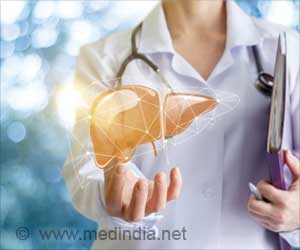A Canadian study of high-use drugs released from eight sewage treatment plants indicates that effects on invertebrates, bacteria, and plants in the aquatic receiving environment…
A Canadian study of high-use drugs released from eight sewage treatment plants indicates that effects on invertebrates, bacteria, and plants in the aquatic receiving environment are unlikely. The study is published in the latest issue of Environmental Toxicology and Chemistry.
The pharmaceutical market is a booming industry. The manufacture of drugs is increasing to match its demand and use worldwide. In Canada alone, approximately 24,000 products, including human pharmaceutical and biological drugs, veterinary drugs, and disinfectants, are registered on Health Canada’s Drug Product Database.None of these pharmaceuticals is absorbed entirely by the body; they often leave through urine and fecal matter. Then, domestic waste streams carry the excreted drugs to municipal wastewater treatment plants, private septic systems, or receiving water without treatment. Though sewage treatment plants can remove or degrade some of the drug compounds, many drugs and by-products are not removed effectively. Hence the major source of pharmaceuticals in the aquatic environment is from sewage treatment plants.
Across Atlantic Canada, the study’s researchers found ten acidic and two neutral pharmaceuticals in the effluents of eight sewage treatment plants. In the large bodies of receiving water, drugs generally were not detected at significant concentrations. However, in the small receiving streams, drug residues continued downstream for 17 km. Based on the results of laboratory toxicity tests, the researchers concluded that the concentrations measured were not causing harm.
(Source: Newswise)
 MEDINDIA
MEDINDIA
 Email
Email





